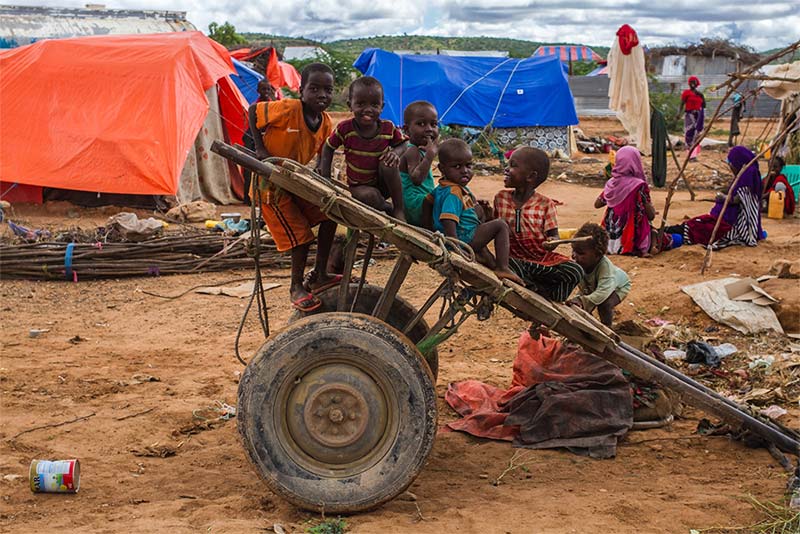Humanitarian emergencies are varied and complex. Therefore, effective coordination is essential, but challenging. Different situations and different humanitarian actors can mean there are differences in approaches and perceived priorities. However, any humanitarian response must be coordinated and system-wide to ensure assistance is provided quickly and efficiently to those in need.
This section helps you set up and participate effectively in coordination structures in humanitarian emergencies. It will help you to:
- participate in humanitarian structures
- identify key humanitarian actors
- establish a reproductive, maternal, newborn, child and adolescent health or a child and adolescent health (RMNCAH/CAH) working group and group lead
- communicate clearly
- advocate strongly.

Coordination actions are the foundation of all other activities described in the operational guide. Use the self-assessment progress tracker (Annex 1) to assess where you and your team (or organization) currently are and track your progress over time.
“Humanitarian coordination involves bringing together humanitarian actors to ensure a coherent and principled response to emergencies. The aim is to assist people when they most need relief and protection. Humanitarian coordination seeks to improve the effectiveness of humanitarian response by ensuring greater predictability, accountability, and partnership.” (20)
